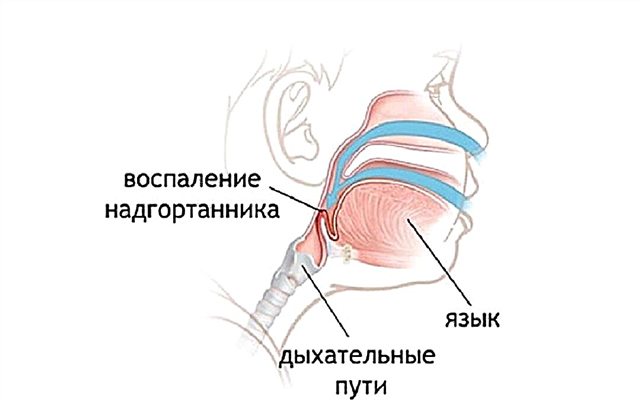
Porridge occupies a special place in the diet of young children, so any mother should know at what age it is worth starting to feed the crumbs with cereals, which cereals to choose for them and how to cook this cereal dish for babies.
Pros
- Porridge provides carbohydrates, vegetable proteins, vitamins, fats, dietary fiber and minerals. All of these substances are important for a growing child's body.
- With the help of cereals, mom can easily diversify the children's menu.
- For babies with allergies, intestinal diseases, lack of enzymes and other problems, there are dairy-free cereals.
Some ready-made cereals contain probiotics for the infant's intestinal microflora, as well as prebiotics to improve the digestion of the product.

Minuses
In oatmeal, as well as cereals based on wheat and barley, there is a protein called gluten, which is difficult to digest in many young children. In addition, such cereals are contraindicated in celiac disease.
Features of different cereals
- Rice porridge introduced first in the menu of toddlers prone to allergies and stool disorders. Such porridge will give the crumbs healthy carbohydrates.
- Buckwheat porridge is called the best option for children who have anemia or problems with weight gain, since such cereals are high in iron and proteins.
- Feature of corn porridge is high in starch as well as iron. Since such cereals are digested worse than rice and buckwheat, and also contain little phosphorus and calcium, corn porridge is recommended for children over 9-10 months.
- Oatmeal it has a high nutritional value, high content of proteins, vegetable fats, magnesium and other minerals. Its use improves peristalsis, so it is indicated for babies with constipation.
- Semolina the content of minerals and fiber is very small, so it is inferior to other types of cereals in nutritional value. In addition, due to the presence of rickets, such porridge is generally not recommended for babies in the first year of life.
- In millet, pearl barley and barley groats there is a lot of fiber, B vitamins and proteins.
At what age is it better to give?
The first to give your baby gluten-free cereals. They are advised to be introduced into the diet of healthy children one month after the introduction of vegetable complementary foods, usually at the age of 7 months. You can start feeding your baby with porridge earlier if the child is underweight.
Porridges containing gluten are given to children over 8 months old, and if the baby has a tendency to food allergies, then acquaintance with such types of cereals is postponed until the age of one year. They begin to give barley porridge to children at the age of 1.5-2 years, and pearl barley porridge - after 3 years.

E. Komarovsky's opinion
A well-known doctor considers that the optimal age for introducing porridge into the children's menu is 7 months. He advises introducing the baby to porridge after introducing fermented milk supplements into the diet. Komarovsky recommends giving porridge in the last day's feeding, which is carried out before bedtime.
Introduction to the diet
Like all other foods that feed babies, they begin to give porridge with a small portion - one spoon. Gradually, the amount of porridge on the toddler's menu is brought up to the age prescribed for him - 100-200 g. The first children are cooked gluten-free porridges, which include buckwheat, rice and corn.
First, the baby must get used to the mono-component porridge, and then the child can be offered dishes from several cereals. By mixing several cereals, you will enrich the finished product with useful substances. You can also add different types of vegetables and fruits to the porridge. Oil is added to the porridge in an amount of 3 to 5 grams.

In what form can you give?
The cereals offered to the crumbs can be dairy-free and with milk content. In addition, they can be represented by an industrial product (porridge from boxes) or prepared by mom herself from cereals.
To dilute the finished porridge for the first samples, use infant formula or breast milk. If the purchased porridge is milk, you just need to add water to it according to the instructions.
Homemade recipes
Until a year, cereals for porridge are crushed into flour, and for children over a year old, they begin to cook liquid porridges from whole cereals. The first milk porridges are recommended to be cooked in half-diluted milk, and if it is well tolerated, after a few weeks you can start cooking the porridge with whole milk.
To prepare the first porridge for the baby, take 5 grams of flour (one teaspoon) and 100 ml of water (you can also use a vegetable broth). Rice or buckwheat flour should be immersed in cold water, and oatmeal flour in hot water. Stir constantly, cook the porridge for about 30 minutes. You can add breast milk or a mixture familiar to the baby in the amount of 15 to 30 ml to the finished porridge.
In the next video, Dr. Komarovsky talks about whether to buy ready-made baby food.
Find out if your child's weight is normal using the following calculator.



